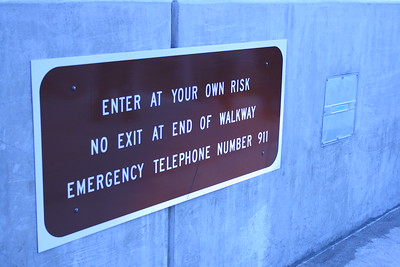Recently, I read an interview with Pat Huber, the president of New River Community College in Dublin, VA. In it, she attempted to explain the anticipated impact of the so-called “enrollment cliff” and the importance of dual-enrollment.
Like many other community colleges, NRCC relies heavily on dual-enrolled high school students to increase its enrollment numbers. Currently, more than one-third of its students are under the age of 18. While this does put students in seats, it also impacts future enrollment for colleges that take this approach.
To maintain its enrollment, the college will need to continue to dual-enroll high school students indefinitely. Over time, if the number of high school students drops, the number of dual enrolled students will also drop. Further, because these students have already completed some college coursework, they will spend less time at the college following high school graduation. (If they remain at the college at all.)
In addition, the dual-enrollment approach could reduce state funding. In Virginia’s case, community college funding is tied closely to enrollment. When enrollment drops, so does state funding, so relatively small changes in the student population can immediately destabilize state funding. If the number of high school students who dual-enroll continues to increase, the state may balk at the idea of paying for one student to attend both high school and community college classes when that student hasn’t earned a high school diploma yet.
Here’s the elephant in the living room. A large number of high school students in community college classrooms changes the character of a community college. For older students, it makes the idea of taking community college classes less attractive. (“Why would I want to go back to high school?”) Adding more high school students may result in fewer adult learners in the classroom.
Recruiting older students may balance dual-enrollment risks
Administrators who make the “enrollment cliff” the centerpiece of their explanation of why enrollment is dropping aren’t giving their communities the full picture. While it is true that the population of one segment of the student body may be shrinking, these administrators ignore the rest of the potential student body.
Why not recruit students with other demographic characteristics? For example, why not create a set of academic programs for women who are returning to the workforce after their kids have entered school? Or who need to upskill after a divorce or the death of their spouse?
Why not create programs that are attractive to men, whose enrollment numbers have been declining for the better part of a decade? Create “weekend academies” for already-employed students who may not be able to attend classes during the week. Offer accelerated classes and programs for students who want to earn a degree but can’t spend two-to-four years in school.
There are lots of opportunities to engage students of all ages and across all demographics. The enrollment cliff isn’t the slow-moving disaster that disconnected administrators make it out to be. It’s a chance for them to adapt to the changing needs of the community.
Photo Credit: jeneeze , via Flickr








